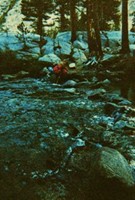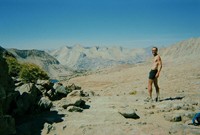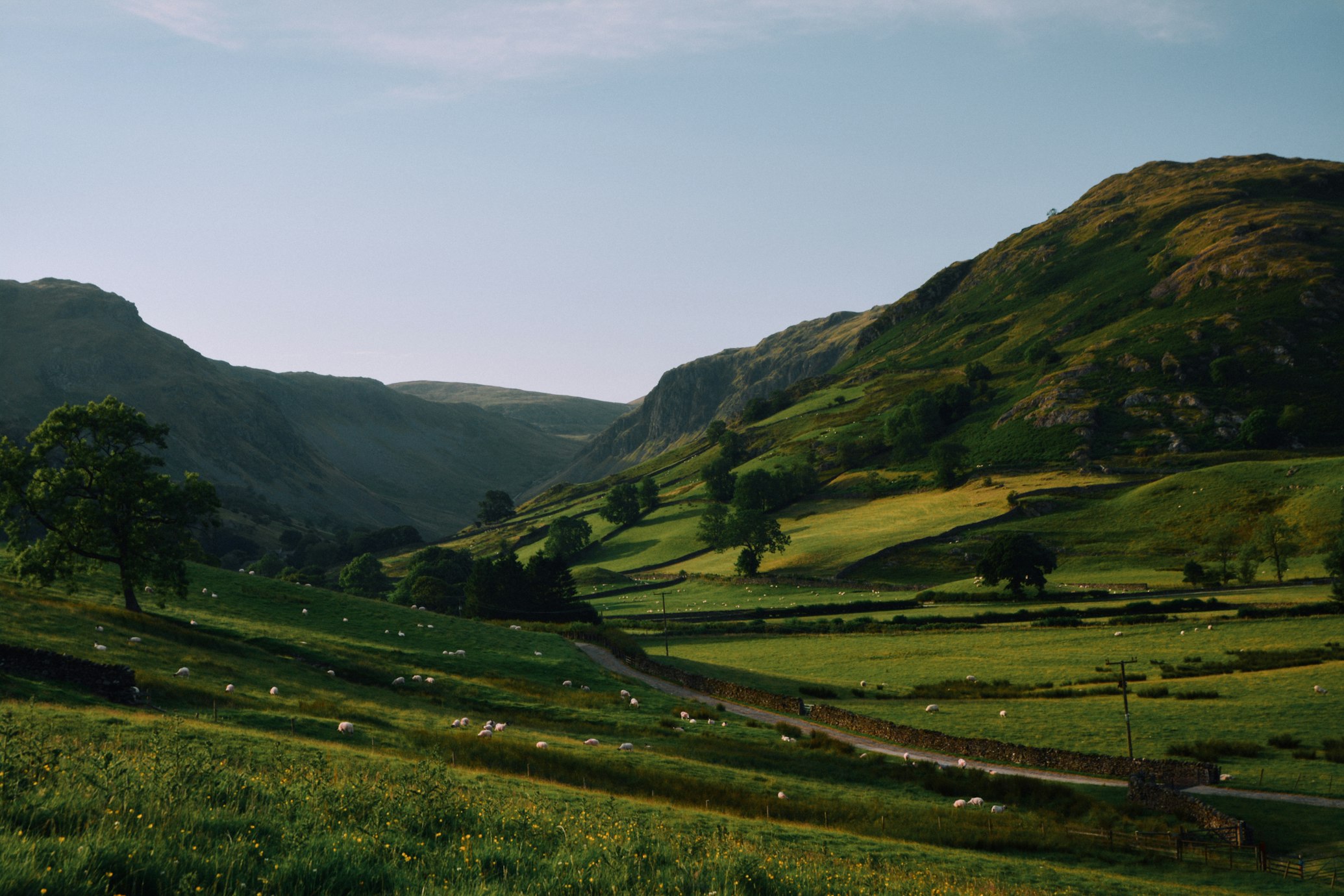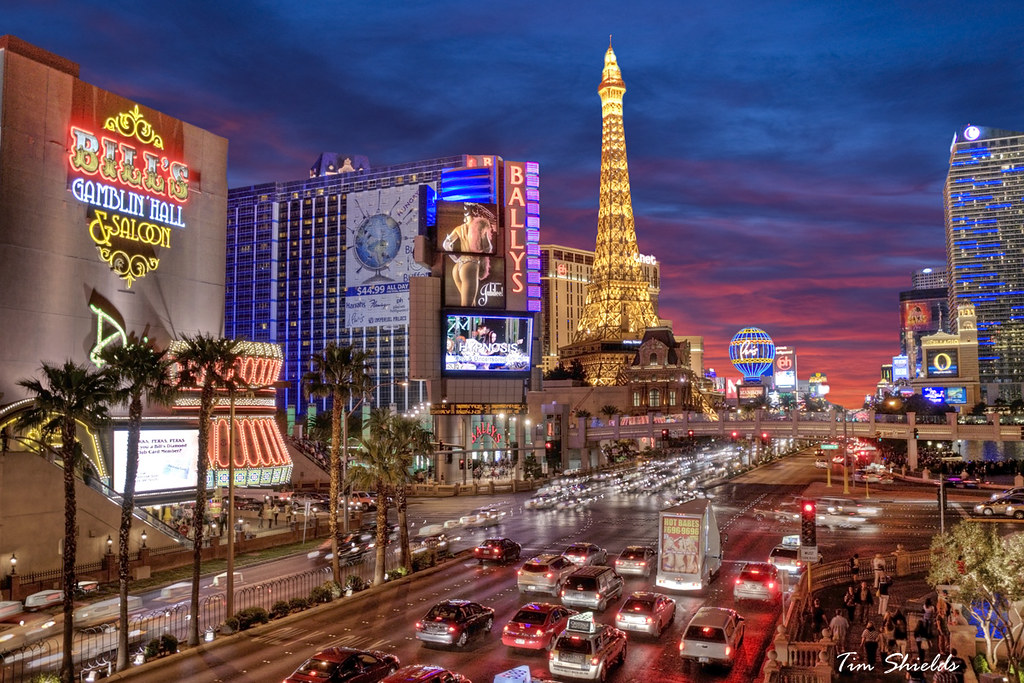The crown jewel of the PCT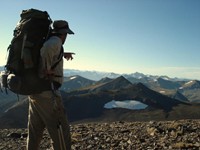
One of the pleasures of hiking southbound on the PCT is that you save the best for last. OK, there's 700 miles after the Sierra Nevada, but that goes by pretty quickly by the time you get there.
Northbounders become enamored with the Sierra Nevada relatively early in their journey and few things can live up to such a high standard for the rest of the PCT. Yes, Washington is amazing, but I consider the Sierra Nevada to be the crown jewel of the PCT.
Moreover, heading south has another benefit. The scenery just keeps getting b etter and better. Starting in Belden, you notice the appearance of granite, which signals the beginning of the Sierra Nevada mountain range. From that point on, the PCT gets better with every step. It culminates with the spectacular ending at Forrester Pass, the highest point on the PCT.
etter and better. Starting in Belden, you notice the appearance of granite, which signals the beginning of the Sierra Nevada mountain range. From that point on, the PCT gets better with every step. It culminates with the spectacular ending at Forrester Pass, the highest point on the PCT.
Nobos get the opposite experience. They get blown away with the dramatic High Sierra, but then the trail gets less and less spectacular as you head north, until you get to Belden. You're more likely to be jaded by the beauty when you head north, that's why most John Muir Trail hikers head south from Yosemite Valley.
Camping with cowboys
I took Maiu down to Yosemite Valley to show off what Basmati, a section hiker, called the Pyramids of America. When we returned we were loaded down with 9 days of food to cover 240 miles to Kennedy Meadows. Resupplying in the Sierra is extremely inconvenient, so I thought it would be easier to just overburden myself and break my back.
About 10 miles south of Tuolumme Meadows, I sensed the mouth-watering smell of freshly cooked onions. About 300 meters away, I saw a campfire and 3 horses and 5 mules. Soon we came upon 3 cowboys and the first thing they said to us is, "Hi, would you like a glas of wine?"
They were our polar opposites. We carried about 40 pounds, they packed over 500 pounds. They brought so much fresh food that they eagerly unloaded some of it on us. They carried a full s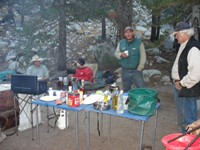 et of kitchen knives, a mattress, and a toilet seat, complete with 4 legs to sit on.
et of kitchen knives, a mattress, and a toilet seat, complete with 4 legs to sit on.
The CEO of the Bank of the Sierra was one of the three, along with a rancher and his son. They were exceedingly generous with us. The CEO even asked me if I needed to make a call off his satellite phone. I thought of ordering pizza, but they had enough food on hand. They had caught some trout earlier that day and cooked it up. We camped with them, despite the smell of food that would attract bears. Their 8 pack animals would discourage a bear and one of the guys packed a gun.
The next morning we spent almost 2 hours helping them to pack up. I had to weigh and help balance all their gear, that is why I know they carried over 500 pounds. They never caught up to us.
The rest of the Sierra
So much has been written about the John Muir Trail that I won't say much. I'll simply say that it was the best section of the entire PCT. I'd do it again. That's the highest compliment I can give it.
The end is in sight
Ever since I left the Canadian border, there was only one mountain pass on my mind: Forrester Pass. I knew once I got over that mountain, the rest of the trail was doable any time of year.
Listen to the September 19 Podcast, recorded after going over Forrester Pass!
On the AT, that symbolic hump was Hanover, New Hampshire. As a Sobo, I knew that I could walk the rest of the AT any time of year, so breathed a sigh of relief when I got there. It was great that I came to that milestone just 400 miles into the journey, about 20% of the trail.
With the PCT, I wouldn't reach that hump until I had covered 2,000 miles (almost 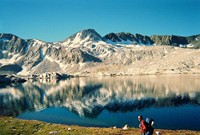 80% of the trail). Therefore, the hump was looming over my head for much longer than the AT.
80% of the trail). Therefore, the hump was looming over my head for much longer than the AT.
Of course, I could comfort myself way back in Oregon that if I kept the same pace, I could easily make it over Forrester Pass before October. However, there was no guarantee that I wouldn't get injured and lose several weeks.
In the end, there were no problems and the border was just a short 700 miles away.
Sponsor spotlight: GoLite and Platypus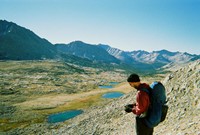
Surviving 700 miles of desert in the fall is tough due to the lack of water sources. How does one minimize sweating and how do you carry 20 liters of water in addition to all the food and gear?
There are two key products I depend on
- Platypus. Cascade Designs makes the best collapsible water bladder. We carried two 6 liter bags, three 3-liter containers with mouthpieces, and one 1-liter. I was carrying one 2-liter Platy for a while, giving us a 21-liter capacity. That's a lot of H2O. The beauty of the Platypus is that is the lightest container and it is collapsible, so when the water is not full, I can stow it away. The longest we went without water was 50 miles, although that was mainly because we had no purification method at the time. I carried 15 liters. Ugh.
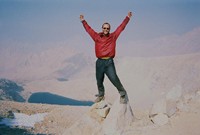
- GoLite umbrellas. GoLite makes the Chrome Dome, which excels in the sun and rain. Its highly reflective surface shelters you from the brutal sun, delivering constant shade. As a result, we carry about 30% less water than if we didn't have it. Given that water weighs far more than the 10 oz that the Dome weighs, it is a good bet.
